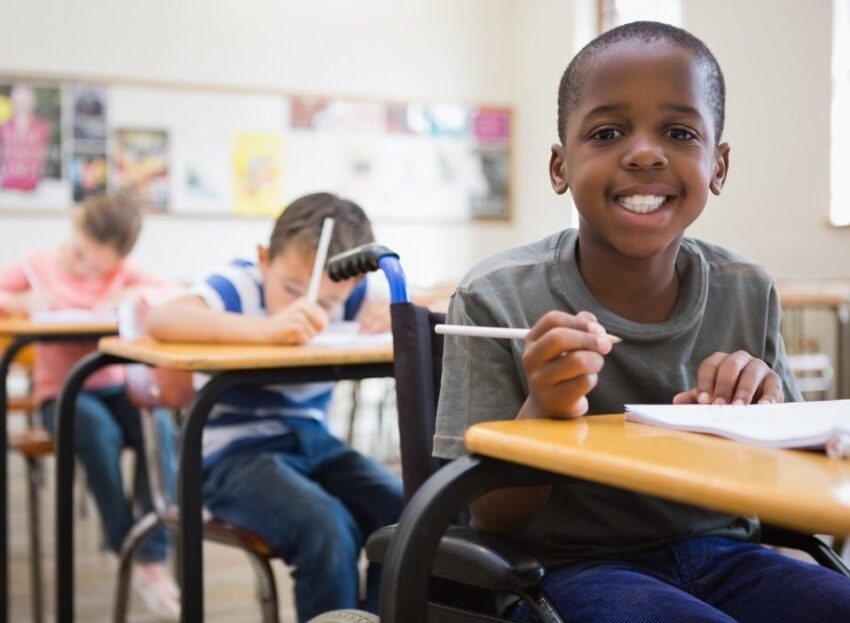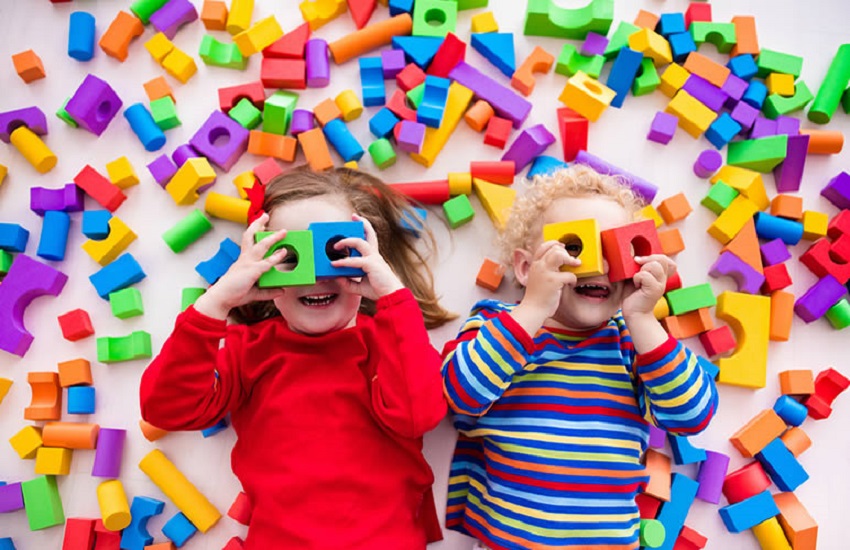If you’re new to the world of education, you may have heard the term “self-contained classroom” thrown around. But what exactly does that mean? In this article, we’ll explore the ins and outs of self-contained classrooms, including what they are, who they benefit, and how they work.
Definition of a Self-Contained Classroom

A self-contained classroom is a type of classroom that is specifically designed to meet the needs of students with special needs or disabilities. In a self-contained classroom, students with similar needs are grouped and taught by a special education teacher.
Benefits of Self-Contained Classrooms
There are several benefits to having a self-contained classroom:
Individualized Attention
In a self-contained classroom, students receive individualized attention from a special education teacher who has specialized training in working with students with disabilities. This allows the teacher to tailor the curriculum and teaching methods to the specific needs of each student.
Specialized Instruction
Students in self-contained classrooms receive instruction that is specifically designed for their needs. For example, students with visual impairments may receive instruction in braille or other alternative formats, while students with hearing impairments may receive instruction in sign language.
Consistent Support
Students in self-contained classrooms often have consistent support from the same teacher and aides, which can be especially helpful for students with behavioral or emotional needs.
Access to Specialized Equipment
Self-contained classrooms may be equipped with specialized equipment, such as adaptive technology or therapy equipment, to help students with their learning and development.
Types of Self-Contained Classrooms
There are several types of self-contained classrooms, including:
Resource Rooms
Resource rooms are self-contained classrooms that are designed for students who need additional support in a specific subject, such as math or reading.
Life Skills Classrooms
Life skills classrooms are self-contained classrooms that are designed for students who need additional support in developing daily living skills, such as cooking, cleaning, and managing finances.
Autism Classrooms
Autism classrooms are self-contained classrooms that are designed for students with an autism spectrum disorder. These classrooms often have specialized equipment and trained staff to meet the unique needs of students with autism.
Emotional and Behavioral Disorders Classrooms
Emotional and behavioral disorders classrooms are self-contained classrooms that are designed for students with emotional or behavioral challenges, such as ADHD or oppositional defiant disorder.
How Self-Contained Classrooms Work
Self-contained classrooms typically have a lower student-to-teacher ratio than traditional classrooms, with a focus on individualized attention and specialized instruction. Students in self-contained classrooms may also receive additional support from aides or therapists, depending on their needs.
The curriculum in self-contained classrooms is tailored to the needs of each student, with a focus on developing skills and abilities that will help them succeed in school and in life. The teacher may use a variety of teaching methods and materials, such as visual aids, hands-on activities, and technology, to engage students and help them learn.
Conclusion
Self-contained classrooms provide a supportive and specialized learning environment for students with special needs or disabilities. By providing individualized attention, specialized instruction, and access to specialized equipment and support, these classrooms help students develop the skills and abilities they need to succeed in school and in life.



